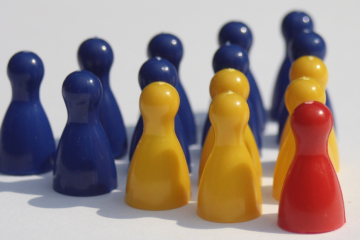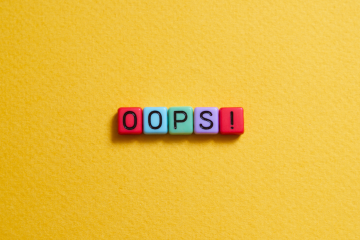One of the biggest pitfalls in data science (and in life, really) is assuming that correlation implies causation. Just because two things move together doesn’t mean one causes the other.
Let’s break it down with examples, common mistakes, and ways to avoid falling into this trap.
Correlation: When Two Things Move Together
Correlation measures how two variables are related. If one goes up while the other goes up (or down), they are correlated. But correlation doesn’t explain why they are related.
Example of Correlation (But No Causation):
Ice cream sales and shark attacks are highly correlated. When ice cream sales go up, so do shark attacks.
Does eating ice cream cause shark attacks? No! The real reason? Summer! More people swim in the ocean during warm months, increasing the chances of shark encounters.
Lesson: Just because two things are linked statistically doesn’t mean one causes the other.
Causation: When One Thing Directly Affects Another
Causation means that one variable directly affects another. If we change the cause, we expect a predictable change in the effect.
Example of True Causation:
Exercise increases heart rate. If you start running, your heart beats faster. This is not just correlation – it’s a direct cause-and-effect relationship.
Lesson: To prove causation, we need controlled experiments, domain knowledge, and careful testing.
The Confounding Variable Trap
A confounding variable is a hidden factor that influences both the cause and effect, making it look like there’s a direct relationship when there isn’t one.
Example of a Confounding Variable:
Studies show that kids who have larger shoe sizes tend to have better reading skills.
Does having big feet make you a better reader? No! The confounding variable here is age. Older children have bigger feet and are also better readers – not because of their shoe size, but because they’ve had more time to learn.
Lesson: Always ask: Could there be another factor influencing both variables?
Common Mistakes and How to Avoid Them
1. Mistaking Correlation for Causation
- “More people drown in swimming pools when more Nicolas Cage movies are released.” (Yes, this is an actual correlation!)
- Always check if an outside factor (like seasonality or trends) could explain the relationship.
2. Ignoring Confounding Variables
- “Cities with more firefighters have more fires, so firefighters must be causing fires!”
- Look for third variables (in this case, city size – bigger cities have more fires and more firefighters).
3. Failing to Control for Other Factors
- “People who drink coffee live longer, so coffee must extend life!”
- Maybe coffee drinkers also have healthier lifestyles – controlled studies are needed to separate the true effects.
How to Avoid the Correlation Trap
Run Experiments: The best way to prove causation is through controlled A/B tests where you only change one variable at a time.
Use Statistical Techniques:
- Multiple Regression: Helps control for confounding variables.
- Causal Inference Methods: Like randomized trials and instrumental variables.
Apply Domain Knowledge: Correlation can be misleading, but context matters. A scientist, doctor, or economist can often spot misleading claims.
Final Thoughts
Correlation is useful – it helps us find patterns. But blindly trusting it can lead to false insights, bad decisions, and even financial or medical mistakes. Always ask:
- Is there a possible confounding variable?
- Could this just be random chance?
- Has causation been scientifically tested?


0 Comments